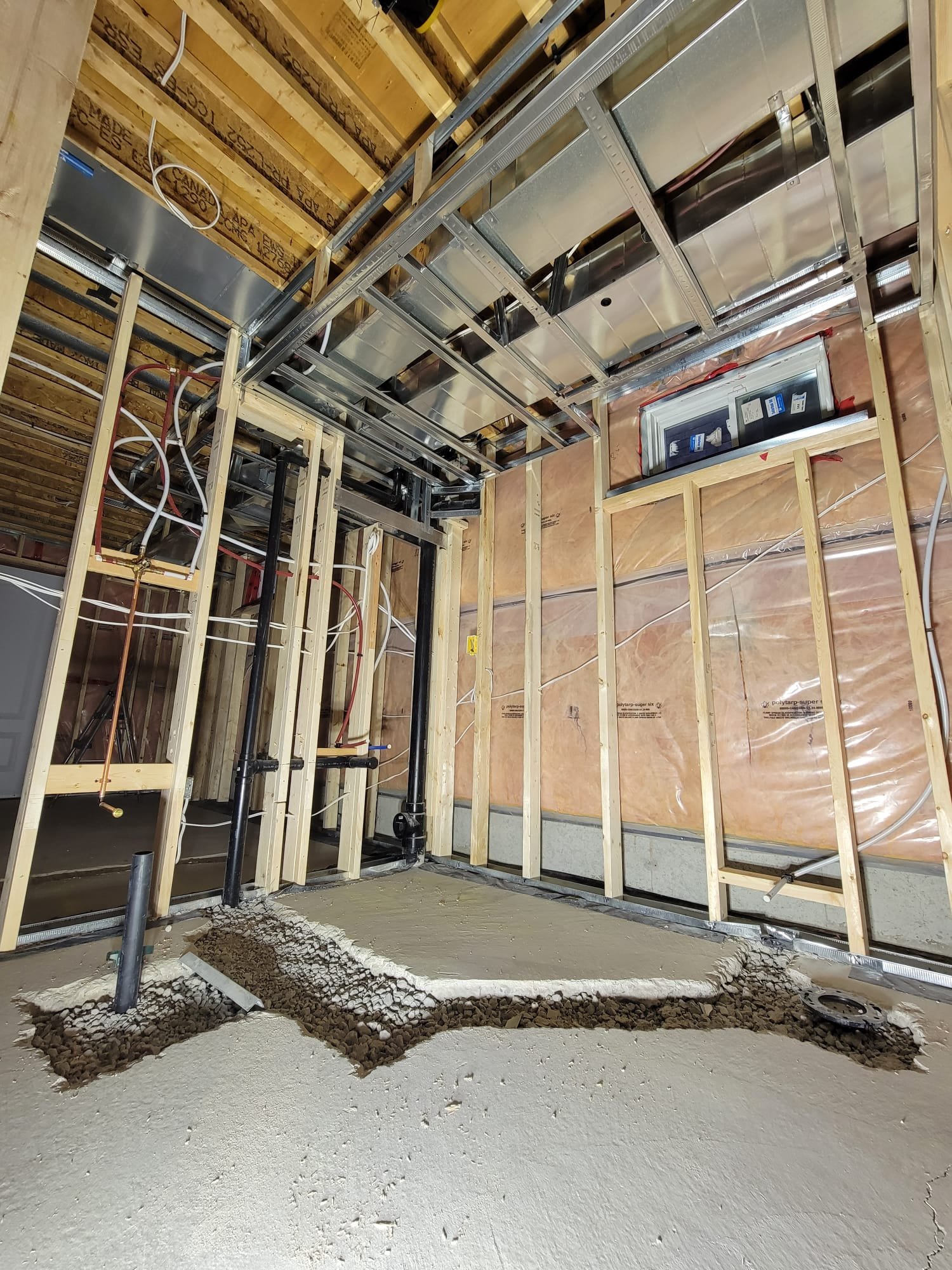Framing Options for Your Home: Wooden vs. Metal Frames
When it comes to building your dream home or renovating your space, one important decision is the type of framing to use. You might have heard about wooden and metal frames, but what's the difference, and which one is right for your project? Let's break it down in simple terms!
Wooden Frames: Warm and Classic
Pros:
Traditional Look: Wooden frames give your space a warm and classic feel.
Insulation: They provide natural insulation, making your home cozy.
Versatility: Perfect for interior walls and non-load-bearing walls.
Cons:
Vulnerable to Moisture: Wood can warp or rot in damp conditions.
Maintenance: It may need more maintenance and can be prone to pests.
Best For:
Living rooms, bedrooms, and areas where aesthetics matter most.
Interior walls that don't support the weight of the whole building.
Metal Frames: Modern and Sturdy
Pros:
Strength: Metal frames are super strong and durable.
Slim Profile: They're sleek and take up less space.
Fire Resistant: They're great for fire safety.
Cons:
Cold Appearance: Some people find them less inviting.
Thermal Conductivity: Metal can transfer heat or cold, affecting insulation.
Best For:
Offices, commercial spaces, and modern homes.
Load-bearing walls and areas where strength is crucial.
Choosing the Right One:
Consider Your Style: If you love the warmth of wood and want a cozy look, go for wooden frames. If you prefer a modern, industrial feel, metal frames might be your match.
Think About the Space: For interior walls or rooms where aesthetics matter, wood is great. If you're constructing load-bearing walls or a commercial space, metal is your sturdy choice.
Budget Matters: Wooden frames can be cost-effective, but they might need more upkeep. Metal frames can be a bit pricier but require less maintenance.
Remember, both options have their strengths. It's all about what fits your style, your space, and your budget.


